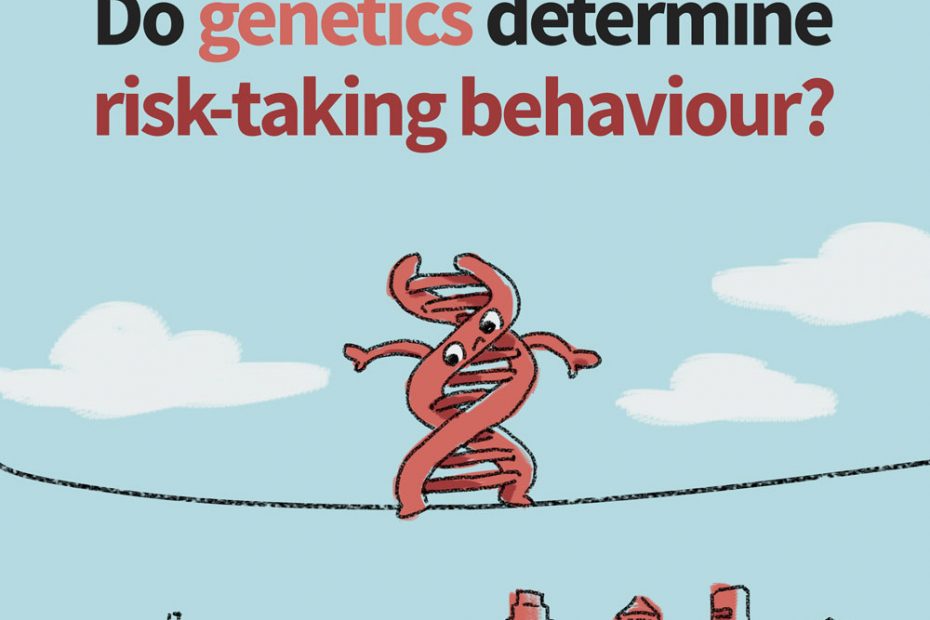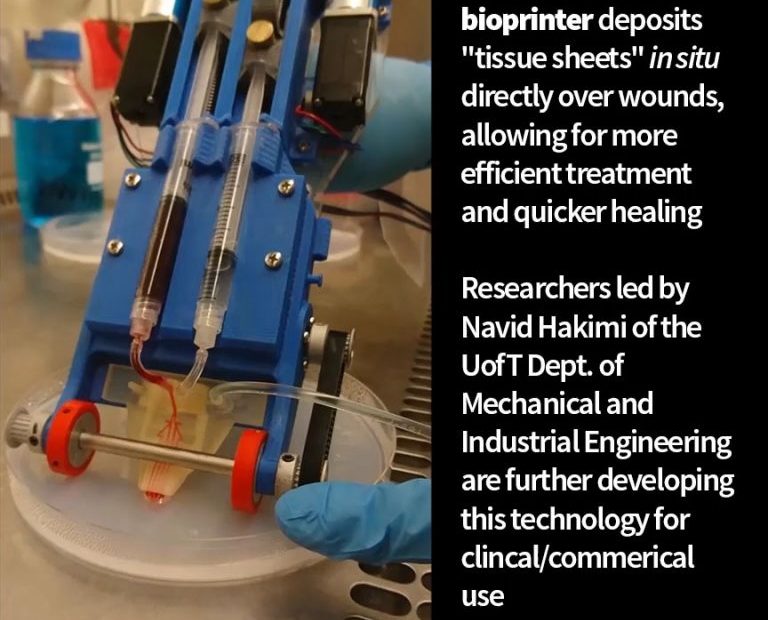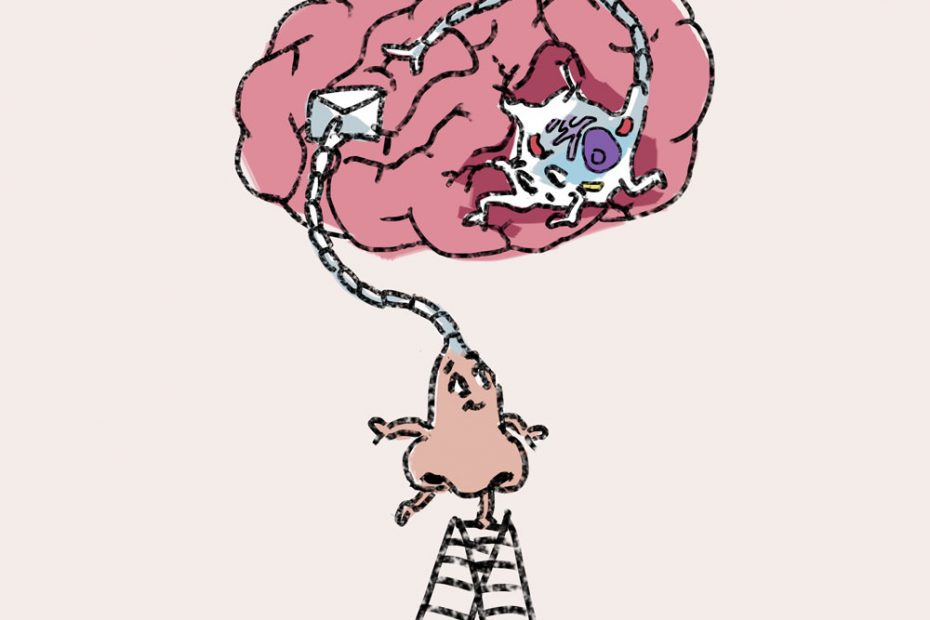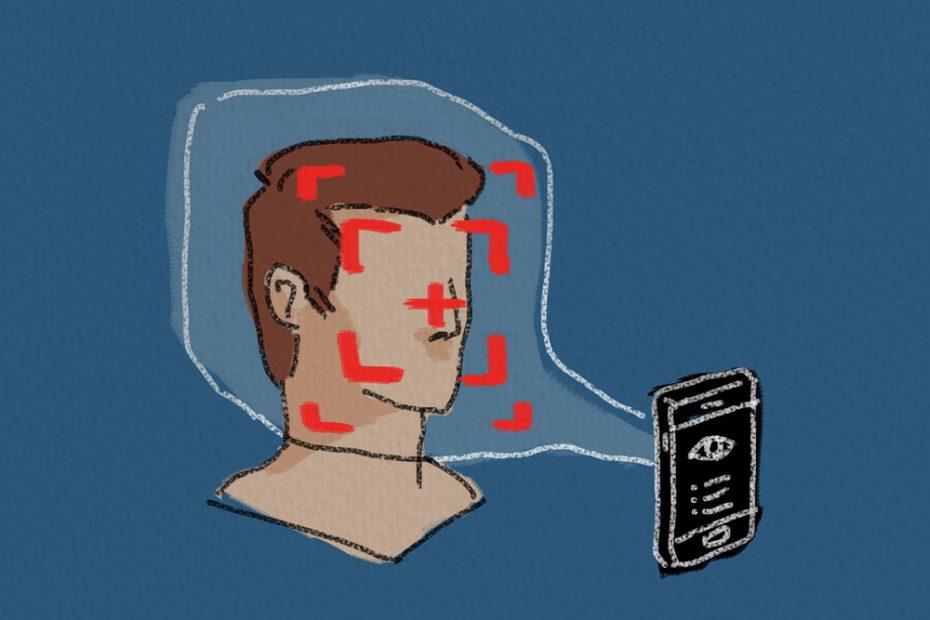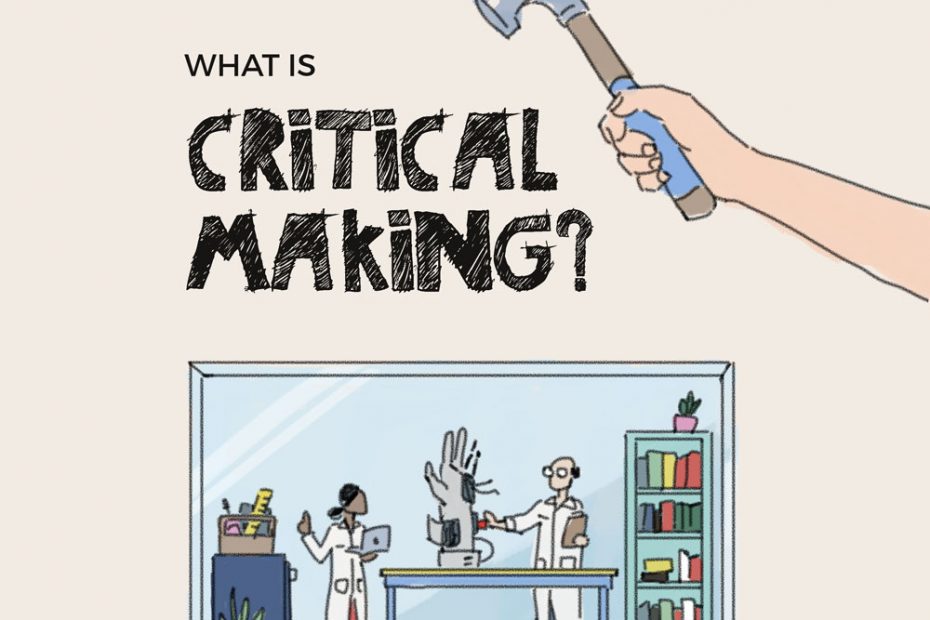Genetics of Risk Tolerance
Are you the kind of person who takes risks? Chances are, you’ve considered this question before, and might think you’re relatively set in your ways as a risk-taker or otherwise. But is there a way to tell whether someone is more or less prone to taking risks?
